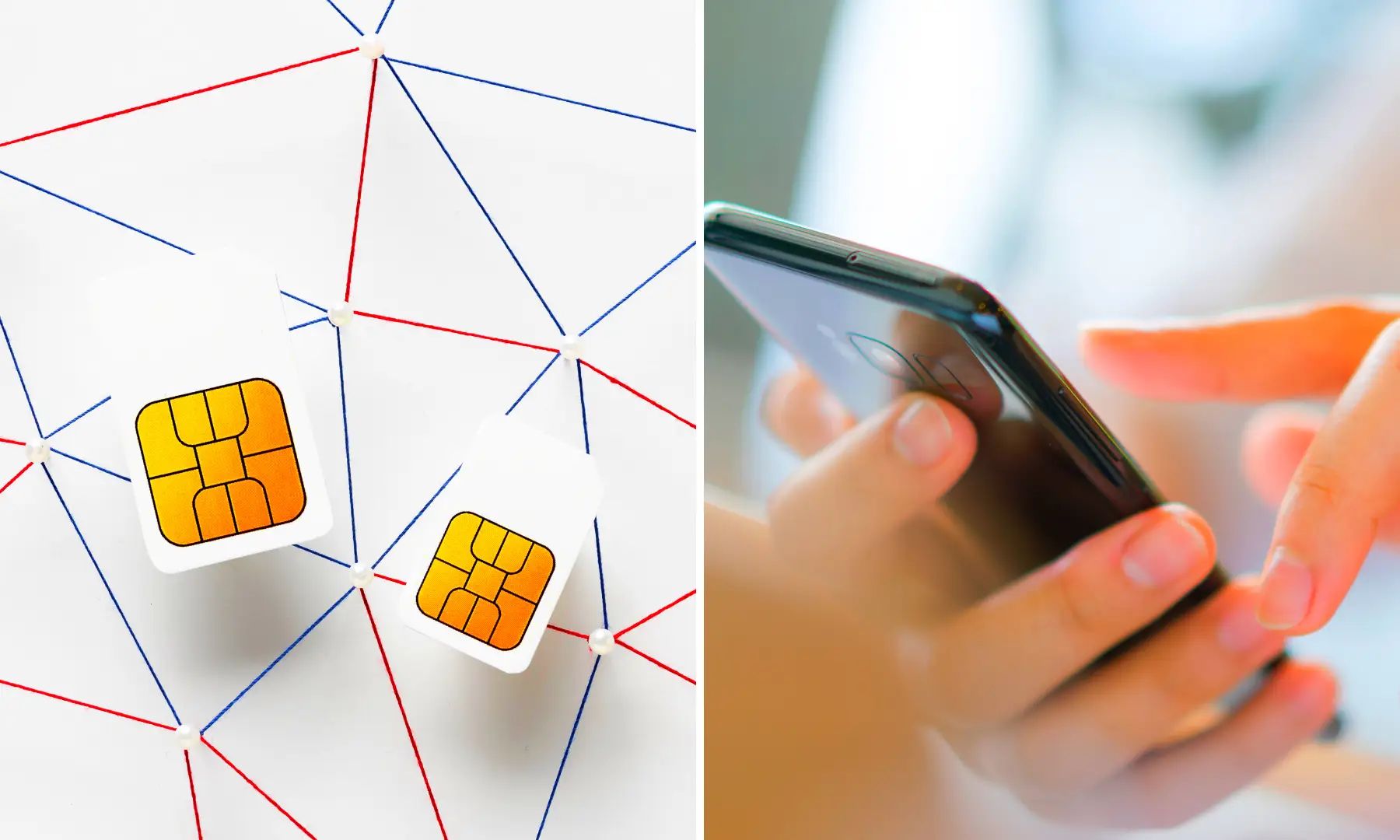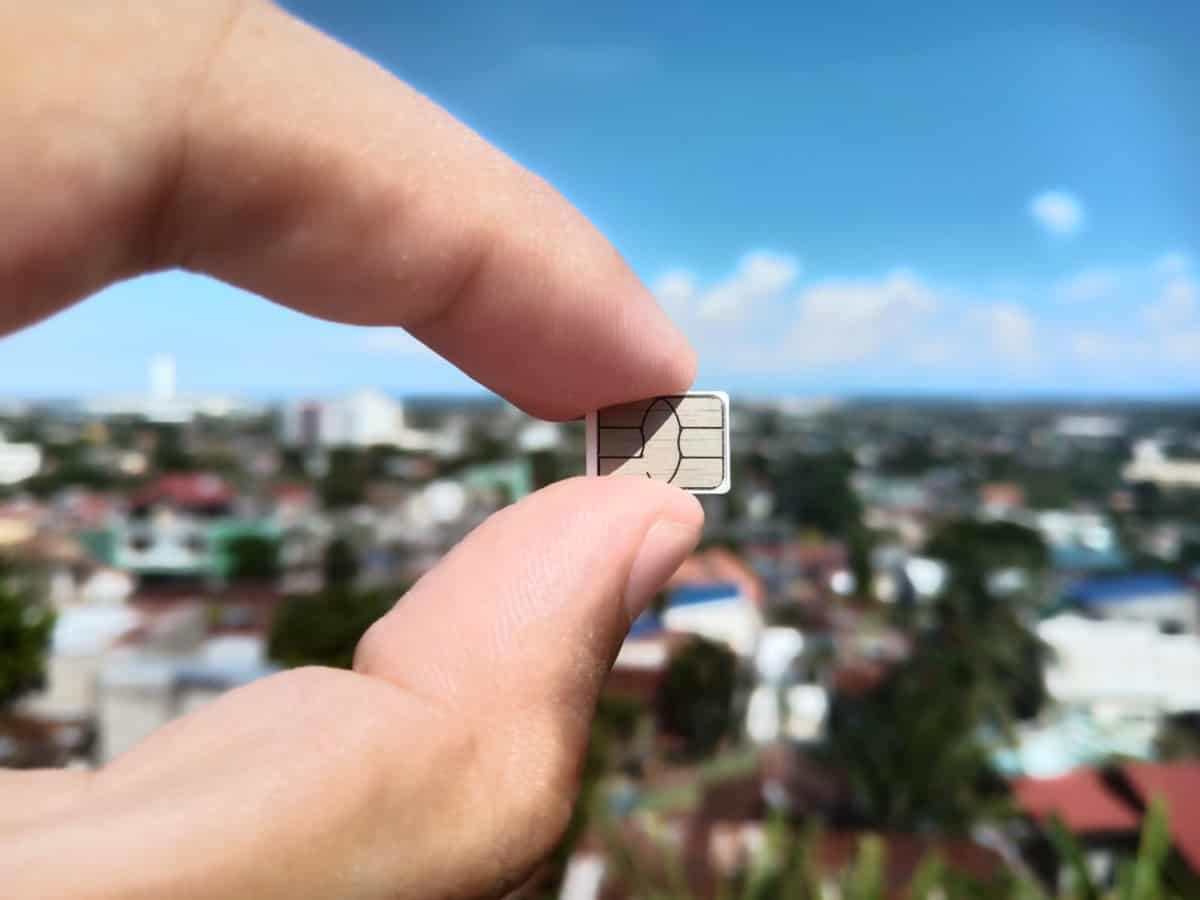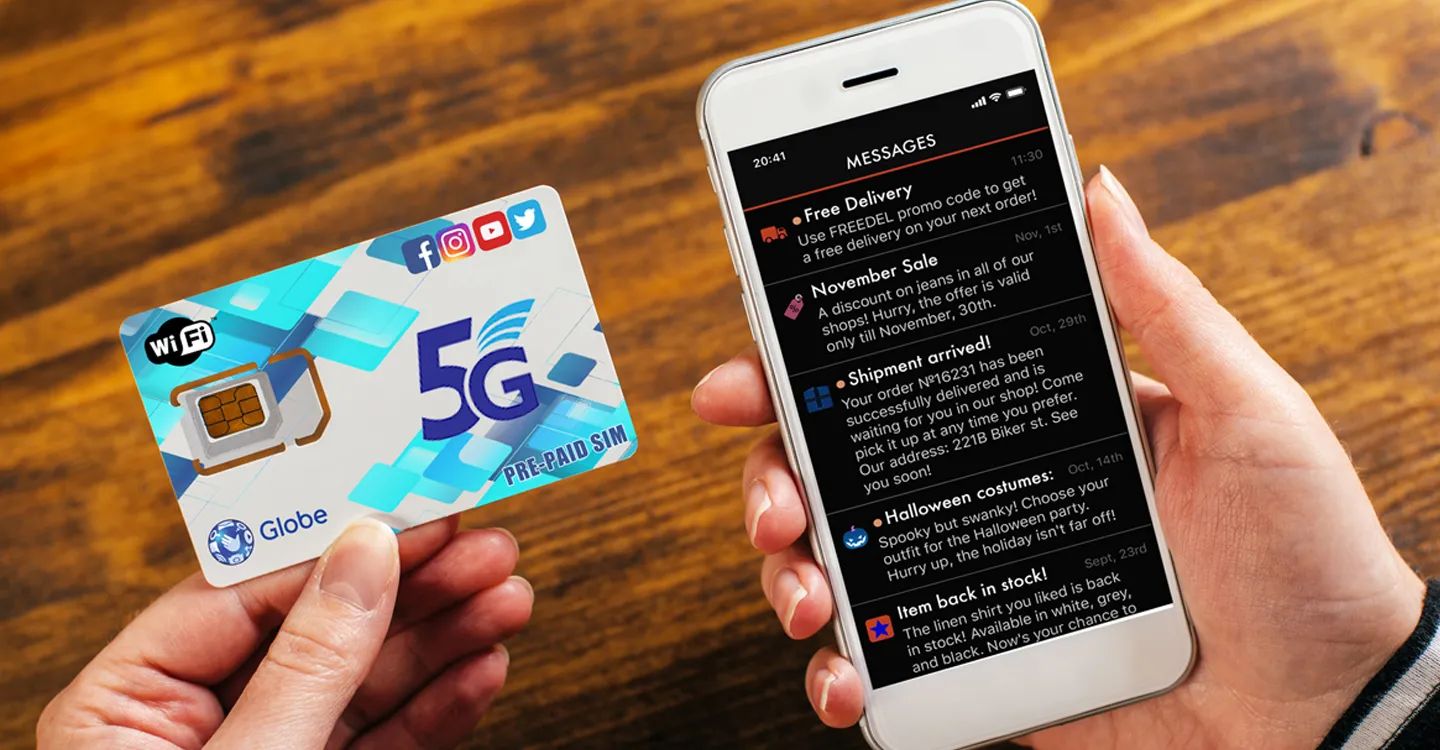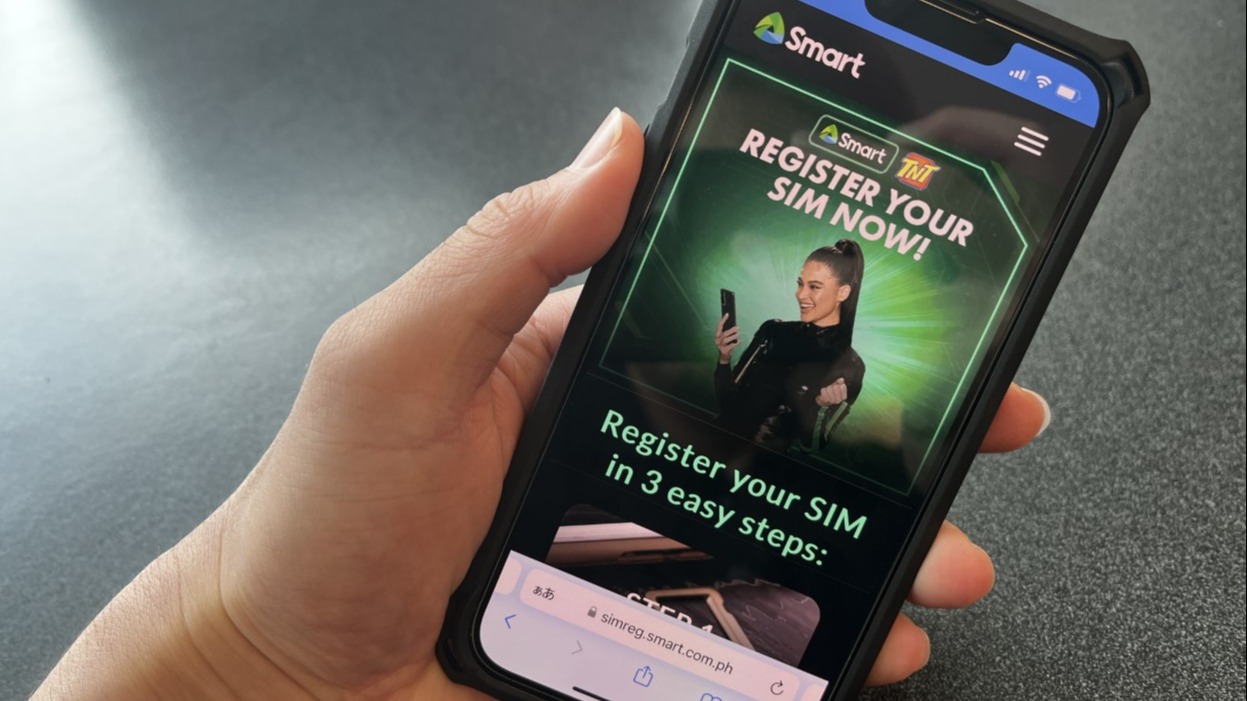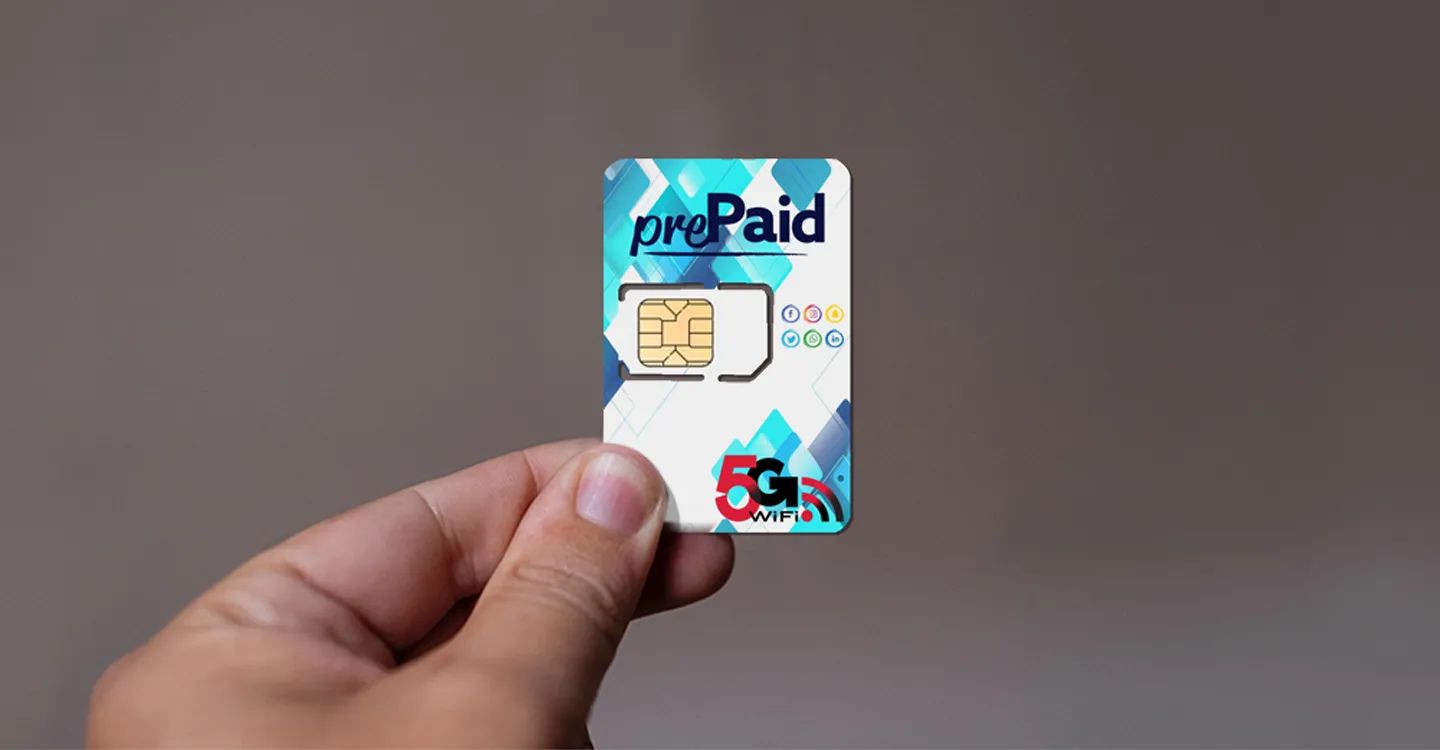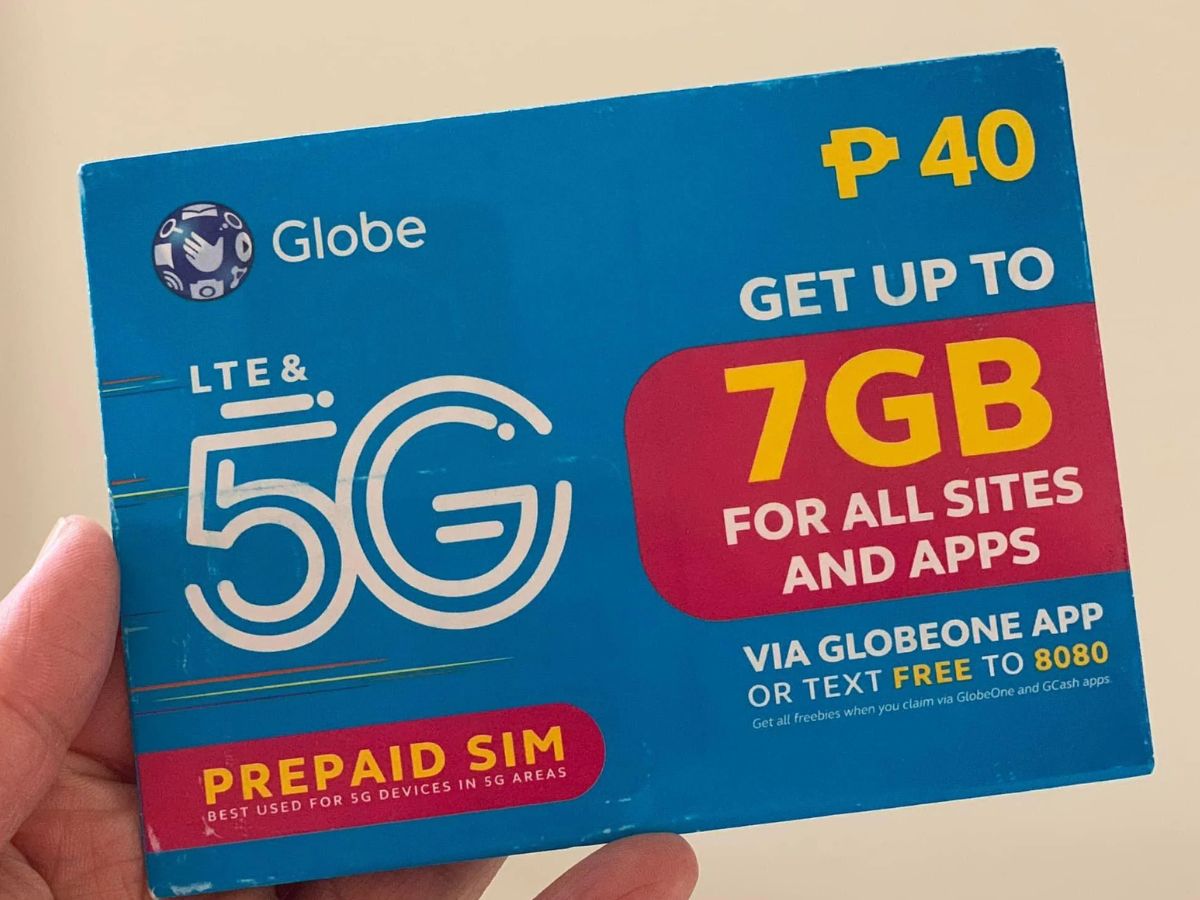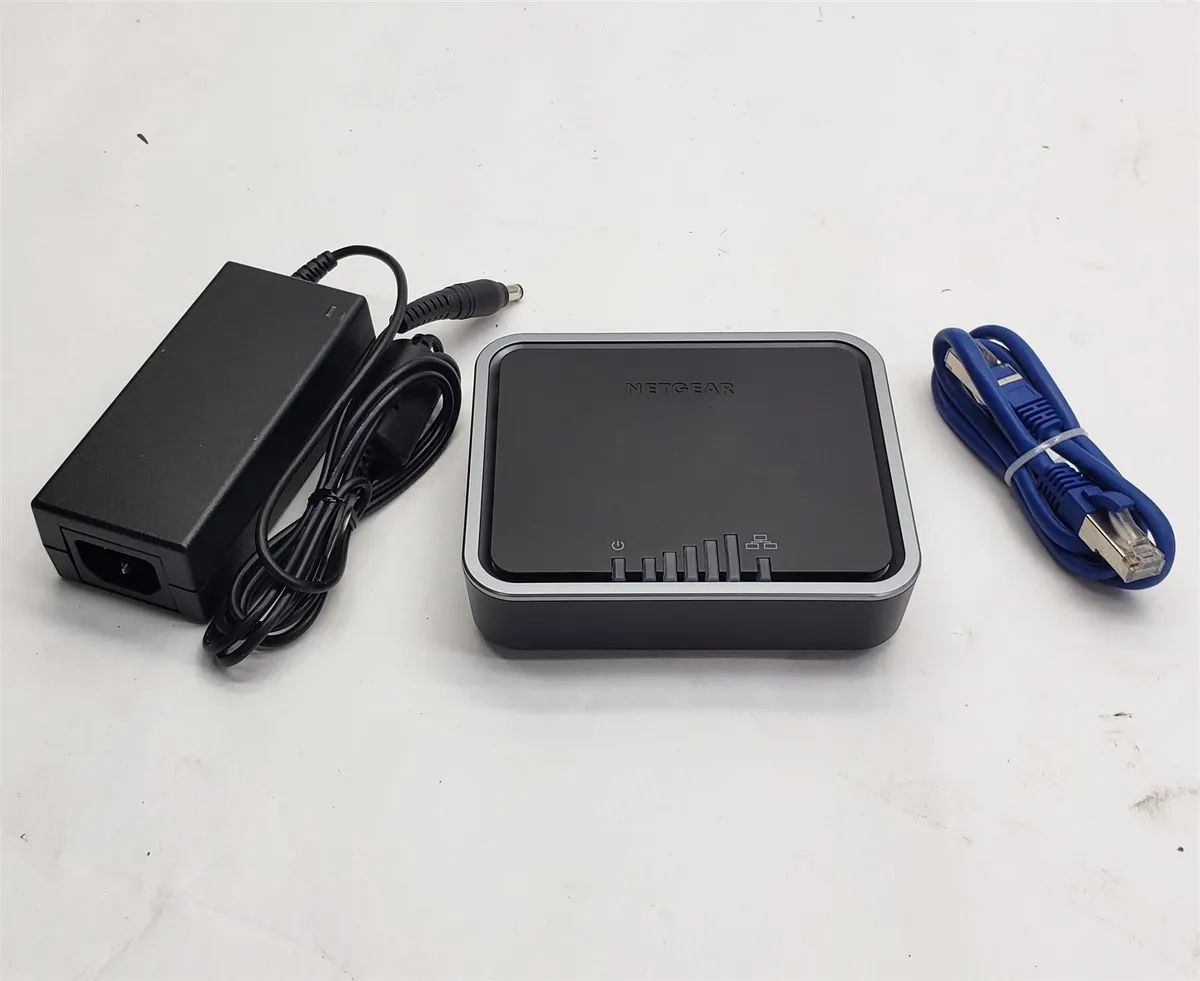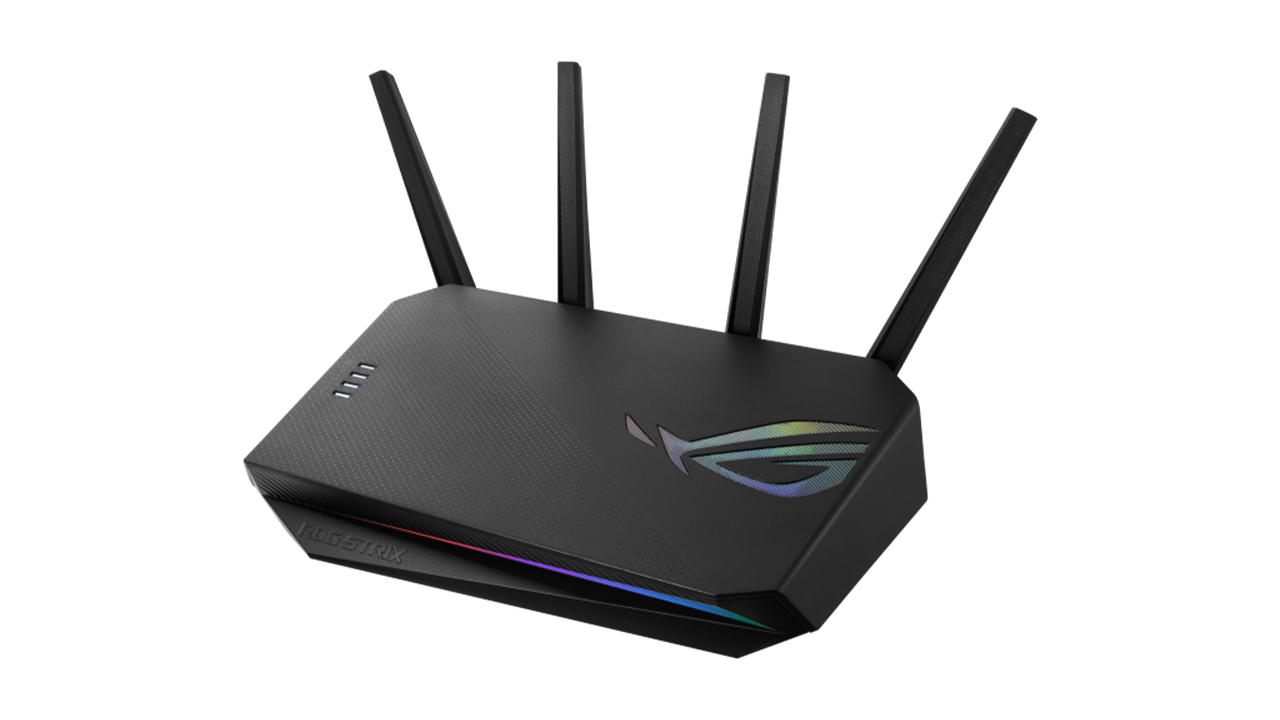Introduction
The Philippines, an archipelago of over 7,000 islands, is a captivating destination known for its stunning beaches, vibrant culture, and warm hospitality. When traveling to this beautiful country, staying connected is essential for navigating unfamiliar terrain, staying in touch with loved ones, and accessing important information. This is where choosing the best SIM card becomes crucial for a seamless communication experience.
Whether you're a tourist exploring the bustling streets of Manila, an adventure seeker diving into the crystal-clear waters of Palawan, or a business traveler attending meetings in Makati, having a reliable mobile network is a must. With a plethora of options available, selecting the right SIM card can be a daunting task. From understanding the telecommunications landscape to evaluating the best plans for your specific needs, this comprehensive guide aims to provide valuable insights to help you make an informed decision.
In this guide, we will delve into the intricacies of the Philippine telecommunications industry, shedding light on the major players and their coverage. We will explore the factors to consider when choosing a SIM card, including network coverage, data plans, and call and text rates. Additionally, we will compare the advantages of prepaid and postpaid plans, offering a detailed analysis to assist you in selecting the most suitable option.
Furthermore, we will highlight the best SIM cards tailored for tourists and travelers, taking into account features such as tourist-friendly packages, data roaming services, and ease of purchase. Additionally, we'll provide practical tips for saving money on SIM cards in the Philippines, ensuring that you maximize your connectivity while minimizing costs.
By the end of this guide, you will be equipped with the knowledge and insights needed to navigate the diverse array of SIM card options in the Philippines. Whether you're seeking seamless connectivity for your travel adventures or efficient communication for business endeavors, this guide will serve as your trusted companion in choosing the best SIM card to stay connected in the Philippines.
Understanding the Philippine Telecommunications Industry
The Philippine telecommunications industry is a dynamic and rapidly evolving sector that plays a pivotal role in shaping the country's connectivity landscape. With a population of over 100 million people spread across numerous islands, the demand for reliable and accessible communication services is substantial. As a result, the industry has witnessed significant growth and innovation, driven by the increasing reliance on mobile devices for both personal and business communication.
The industry is primarily dominated by major telecom companies that have made substantial investments in infrastructure and technology to expand their network coverage and improve service quality. These companies compete vigorously to offer a wide range of services, including voice calls, text messaging, mobile data, and value-added services such as mobile banking and digital content.
In the Philippines, mobile penetration is remarkably high, with a large percentage of the population relying on mobile phones as their primary means of communication. This trend has been a catalyst for the proliferation of mobile services, leading to a competitive market environment with diverse offerings tailored to meet the needs of various consumer segments.
Moreover, the Philippines has witnessed a rapid increase in smartphone adoption, driving the demand for high-speed mobile data services. This has prompted telecom companies to invest in advanced technologies such as 4G LTE and, more recently, 5G to deliver faster and more reliable internet connectivity to their subscribers.
In addition to traditional voice and messaging services, the telecommunications industry in the Philippines has embraced digital innovations, including mobile wallets and payment solutions, which have gained widespread acceptance, especially among the unbanked population in rural areas.
Furthermore, the regulatory landscape has played a crucial role in shaping the industry, with the government implementing policies to promote fair competition and protect consumer interests. Regulatory bodies such as the National Telecommunications Commission (NTC) oversee the industry, ensuring that telecom companies adhere to standards and regulations that safeguard the rights of consumers.
Understanding the dynamics of the Philippine telecommunications industry is essential for anyone seeking to choose the best SIM card. By gaining insights into the competitive landscape, network coverage, and technological advancements, consumers can make informed decisions that align with their specific communication needs and preferences.
Factors to Consider When Choosing a SIM Card
When choosing a SIM card in the Philippines, several factors should be carefully considered to ensure that it aligns with your communication requirements and budget. Here are the key considerations to keep in mind:
-
Network Coverage: Assessing the network coverage of a telecom provider is crucial, especially if you plan to travel extensively across different regions of the Philippines. While major cities and tourist destinations generally have reliable coverage, rural areas and remote islands may have varying levels of network availability. It's advisable to opt for a SIM card from a provider with extensive coverage to ensure connectivity wherever your travels take you.
-
Data Plans and Speed: With the increasing reliance on mobile data for internet browsing, social media, and navigation, evaluating the data plans offered by different telecom companies is essential. Consider the data allocation, validity period, and speed of the internet connection, particularly if you require seamless access to online services during your stay in the Philippines.
-
Call and Text Rates: For those who prioritize voice calls and text messaging, comparing the call and text rates across different providers can help in selecting a cost-effective option. Some providers offer bundled packages with unlimited or discounted calls and texts, which can be advantageous for individuals who frequently communicate through traditional voice and text channels.
-
Promotional Offers and Packages: Keep an eye out for promotional offers and packages that are often available to new subscribers or tourists. These may include discounted rates, free data allocation, or value-added services that enhance the overall value of the SIM card package.
-
SIM Card Compatibility: If you are bringing your own mobile device to the Philippines, ensure that it is compatible with the network technology used by local telecom providers. Understanding the compatibility of your device with the available SIM cards will prevent any compatibility issues and ensure a seamless activation process.
-
Ease of Topping Up: Assess the convenience and accessibility of topping up or recharging your prepaid SIM card. Look for providers with widespread availability of top-up stations, including convenience stores, retail outlets, and online platforms, to ensure that you can easily replenish your airtime or data allowance when needed.
By carefully considering these factors, you can make an informed decision when choosing a SIM card in the Philippines, ensuring that it meets your communication needs and provides excellent value for your investment.
Major Telecom Companies in the Philippines
In the Philippines, the telecommunications industry is characterized by the presence of major players that have significantly shaped the country's connectivity landscape. These telecom companies have made substantial investments in infrastructure, technology, and service offerings to cater to the diverse communication needs of consumers. Understanding the key players in the industry is essential for individuals seeking the best SIM card options that align with their specific requirements. Here are the major telecom companies in the Philippines:
PLDT
The Philippine Long Distance Telephone Company (PLDT) is one of the oldest and most prominent telecom companies in the Philippines. It offers a wide range of services, including mobile telephony, fixed-line, and broadband internet. Through its wireless subsidiary, Smart Communications, PLDT provides mobile services with extensive coverage across the country. Smart Communications has been at the forefront of technological advancements, introducing 4G LTE and 5G services to deliver high-speed mobile internet to its subscribers.
Globe Telecom
Globe Telecom, often referred to simply as Globe, is another leading telecommunications company in the Philippines. It is known for its innovative mobile services and digital solutions, catering to both individual and enterprise customers. Globe has established a robust network infrastructure, providing reliable mobile connectivity and internet services. The company has been proactive in expanding its coverage and enhancing its data offerings to meet the growing demand for mobile data services.
DITO Telecommunity
DITO Telecommunity is a newcomer to the Philippine telecommunications industry, having launched its services in 2021. Despite being a relatively new player, DITO has rapidly expanded its network coverage and introduced competitive mobile and data services. With a focus on offering affordable and high-quality connectivity, DITO has emerged as a formidable competitor in the market, challenging the established duopoly of PLDT and Globe.
Converge ICT Solutions
While primarily known for its broadband and fixed-line services, Converge ICT Solutions has been making strides in the telecommunications sector. The company has been instrumental in driving the deployment of fiber-optic technology, delivering high-speed internet connectivity to residential and business customers. Although Converge ICT Solutions is not a traditional mobile network operator, its impact on the broadband market has been significant, contributing to the overall connectivity landscape in the Philippines.
Other Players
In addition to the major telecom companies mentioned above, the Philippines is home to several smaller players and mobile virtual network operators (MVNOs) that offer niche services and cater to specific consumer segments. These players contribute to the diversity of offerings in the market, providing consumers with a wide array of choices when selecting a SIM card that best suits their communication needs.
Understanding the strengths, coverage, and service offerings of these major telecom companies is essential for individuals seeking the best SIM card options in the Philippines. By evaluating the capabilities and reputation of these players, consumers can make informed decisions that align with their connectivity requirements and preferences.
Comparison of Prepaid and Postpaid Plans
When choosing a SIM card in the Philippines, one of the fundamental decisions to make is whether to opt for a prepaid or postpaid plan. Both options have distinct advantages and considerations that cater to different user preferences and usage patterns.
Prepaid Plans
Prepaid plans offer flexibility and control, making them popular among tourists, short-term visitors, and individuals who prefer to manage their mobile expenses more closely. With a prepaid SIM card, users have the freedom to top up their credit as needed, avoiding fixed monthly bills and long-term commitments. This pay-as-you-go approach allows for budget management and eliminates the risk of unexpected charges.
Additionally, prepaid plans often come with a variety of promotional offers and packages, including discounted call and text rates, bonus data allocations, and free access to certain apps or services. These promotions provide added value and can be particularly appealing to users who seek cost-effective options with additional perks.
One of the key advantages of prepaid plans is the absence of credit checks or lengthy contract commitments. This makes them accessible to a wide range of users, including those who may have limited credit history or prefer not to be tied to a long-term contract. Furthermore, prepaid SIM cards are readily available for purchase at convenience stores, retail outlets, and telecom kiosks, making them convenient for travelers and individuals arriving in the Philippines.
Postpaid Plans
Postpaid plans, on the other hand, offer the convenience of a fixed monthly bill and a predetermined allocation of call minutes, text messages, and mobile data. These plans are suitable for individuals who require consistent and predictable usage, as they eliminate the need for frequent top-ups and credit monitoring.
With postpaid plans, subscribers often benefit from bundled packages that include unlimited calls and texts, larger data allowances, and access to premium services such as international roaming and entertainment subscriptions. These added features can enhance the overall value of a postpaid plan, especially for users who rely heavily on their mobile devices for various communication and entertainment needs.
Moreover, postpaid plans may offer the latest smartphone devices at discounted rates or as part of a bundled package, allowing users to upgrade their handsets without incurring the full retail cost upfront. This can be an attractive option for individuals seeking a new device while spreading the payments over the duration of the contract.
In summary, the choice between prepaid and postpaid plans ultimately depends on individual preferences, usage patterns, and financial considerations. Prepaid plans provide flexibility and control over expenses, while postpaid plans offer the convenience of fixed monthly bills and bundled offerings. Understanding the distinctive features of each plan type is essential for making an informed decision that aligns with specific communication needs and budgetary requirements.
Best SIM Cards for Tourists and Travelers
For tourists and travelers visiting the Philippines, selecting the best SIM card is essential to stay connected and make the most of their journey. Several telecom companies offer specialized SIM card options designed to cater to the unique needs of tourists, providing convenient access to mobile services, data connectivity, and international roaming features. Here are some of the best SIM cards tailored for tourists and travelers in the Philippines:
Smart Communications' Tourist SIM
Smart Communications, a leading telecom provider in the Philippines, offers a dedicated Tourist SIM card designed to provide seamless connectivity for visitors. The Tourist SIM comes preloaded with a generous allocation of data, allowing tourists to stay connected, share their travel experiences, and access essential travel information online. Additionally, the SIM card includes free credits for international calls, enabling tourists to stay in touch with friends and family abroad without incurring high charges.
Globe's Traveler SIM
Globe Telecom, another major player in the Philippine telecommunications industry, offers the Traveler SIM, specifically tailored for tourists and short-term visitors. The Traveler SIM provides affordable data packages and international roaming services, ensuring that travelers can stay connected while exploring the beauty of the Philippines. With options for extended validity periods and flexible data plans, the Traveler SIM offers convenience and value for tourists seeking reliable mobile connectivity during their stay.
DITO's Tourist-Friendly Packages
DITO Telecommunity, a newcomer to the Philippine telecom market, has introduced tourist-friendly SIM card packages to cater to the needs of international visitors. These packages include competitive data allowances, free local calls and texts, and options for international roaming services. DITO's focus on affordability and quality connectivity makes its tourist SIM card offerings appealing to travelers looking for reliable mobile services during their Philippine adventures.
Value-Added Services and Tourist Benefits
In addition to the core mobile services, these SIM cards often include value-added features such as discounts on tourist attractions, access to exclusive travel deals, and partnerships with local businesses to enhance the overall travel experience. By leveraging these benefits, tourists can not only stay connected but also enjoy perks and savings as they explore the diverse attractions and activities across the Philippines.
For tourists and travelers, choosing a SIM card from these specialized offerings ensures that they can navigate the country with ease, stay connected with loved ones, and access essential travel resources, all while enjoying the convenience of tailored packages and benefits designed to enhance their overall travel experience.
Tips for Saving Money on SIM Cards in the Philippines
-
Compare Promotional Offers: Before purchasing a SIM card, take the time to compare the promotional offers and packages available from different telecom providers. These offers often include discounted rates, bonus data allocations, and free access to certain apps or services. By evaluating the promotional deals, you can maximize the value of your SIM card investment and potentially enjoy additional perks at no extra cost.
-
Utilize Wi-Fi Hotspots: To minimize data usage and conserve your mobile data allocation, make use of available Wi-Fi hotspots in cafes, restaurants, hotels, and public areas. By connecting to Wi-Fi networks whenever possible, you can reduce your reliance on mobile data, ultimately saving money on data usage charges.
-
Take Advantage of Top-Up Promotions: Many telecom providers offer top-up promotions that provide extra credits or bonus data when you recharge your prepaid SIM card. Keep an eye out for these promotions, as they can significantly increase the value of your top-up amount, allowing you to stretch your budget further and enjoy additional benefits.
-
Monitor Data Usage: Stay informed about your data consumption by regularly checking your usage through the telecom provider's app or by sending a specific code to retrieve usage details. By monitoring your data usage, you can avoid exceeding your allocation and incurring additional charges for excess usage, thereby maintaining control over your expenses.
-
Opt for Combo Packages: Consider opting for combo packages that bundle call minutes, text messages, and data at a discounted rate. These packages often provide better value compared to individual rates for calls, texts, and data, allowing you to enjoy comprehensive mobile services while keeping your expenses in check.
-
Maximize Free Services: Some SIM cards offer free services such as unlimited calls and texts to subscribers on the same network. By taking advantage of these free services, you can reduce your reliance on paid call and text options, ultimately saving money on communication expenses.
-
Explore Long-Term Plans: If you plan to stay in the Philippines for an extended period, consider exploring long-term plans offered by telecom providers. These plans often come with discounted rates and additional benefits for subscribers who commit to longer durations, providing cost savings in the long run.
By implementing these money-saving tips, you can make the most of your SIM card investment in the Philippines, ensuring that you stay connected while managing your expenses effectively.
Conclusion
In conclusion, choosing the best SIM card in the Philippines is a decision that significantly impacts the overall communication experience for both residents and visitors. With a diverse array of telecom providers, prepaid and postpaid options, and specialized offerings for tourists, navigating the choices can seem daunting. However, armed with the insights provided in this comprehensive guide, individuals can approach the selection process with confidence and clarity.
Understanding the dynamics of the Philippine telecommunications industry is crucial for making informed decisions. The dominance of major players such as PLDT, Globe Telecom, and the emergence of newcomers like DITO Telecommunity has led to a competitive landscape, driving innovation and expanding connectivity options for consumers. By recognizing the strengths and coverage of these providers, users can align their preferences with the most suitable SIM card options.
The comparison between prepaid and postpaid plans sheds light on the distinct advantages each offers. Prepaid plans provide flexibility and control over expenses, making them ideal for short-term visitors and budget-conscious individuals. On the other hand, postpaid plans cater to those seeking predictable usage and bundled offerings, appealing to users with consistent communication and data needs.
For tourists and travelers, specialized SIM card options from Smart Communications, Globe, and DITO Telecommunity provide tailored solutions that ensure seamless connectivity, international roaming, and added benefits to enhance the travel experience. These offerings not only keep travelers connected but also provide value-added services and perks, making them essential companions for exploring the Philippines.
Furthermore, the money-saving tips outlined in this guide empower users to maximize the value of their SIM card investment. By leveraging promotional offers, monitoring data usage, and exploring cost-effective packages, individuals can optimize their communication expenses while enjoying reliable mobile services.
In essence, the process of choosing the best SIM card in the Philippines is a blend of understanding individual needs, evaluating network coverage and service offerings, and making informed financial decisions. By considering the factors outlined in this guide and leveraging the diverse options available, users can select a SIM card that aligns with their communication requirements, budget constraints, and travel aspirations, ensuring a seamless and rewarding connectivity experience in the captivating landscapes of the Philippines.









